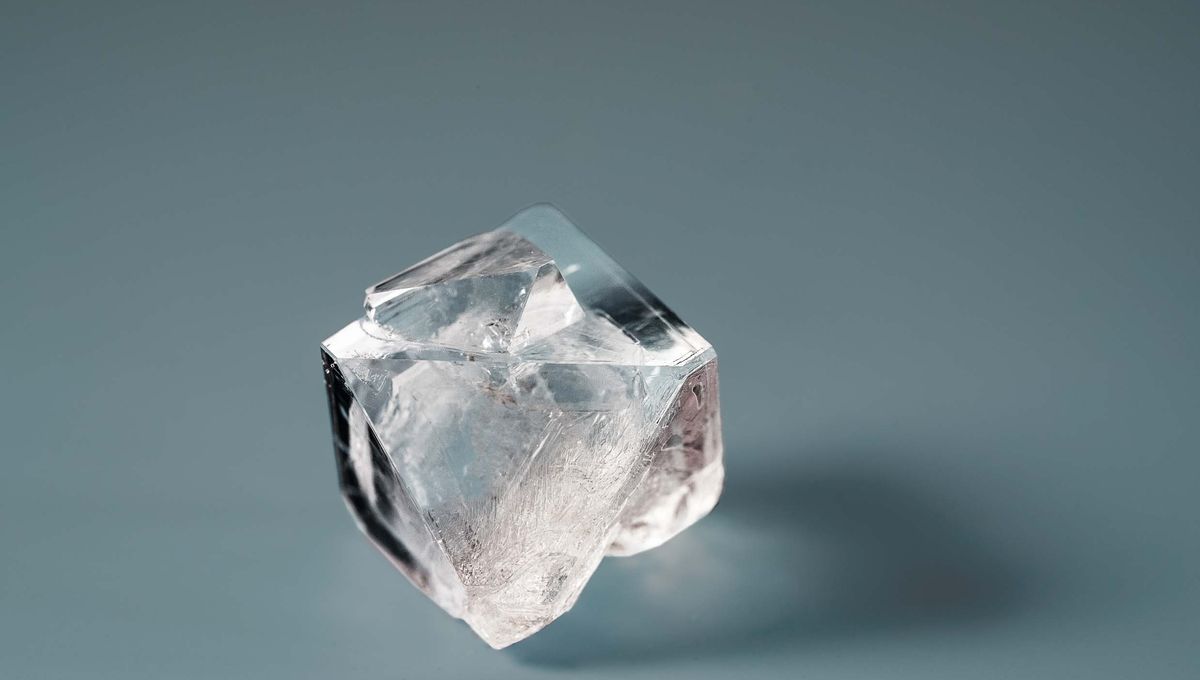
The nomadic tribes that occupied Central Asia 2,000 years ago used diamond drills to perforate gemstones when manufacturing necklaces, bracelets, and pendants. The hardest naturally occurring material on the planet, diamond is often used today for masonry drilling, yet its use in ancient times may also have been surprisingly widespread.
ADVERTISEMENT
Previous research has suggested that bead perforation using diamond drills emerged during the Bronze Age in the Indus Valley Civilization, which thrived in what is now northern India and Pakistan and is known for its indecipherable script. Some scholars also think the ancient Egyptians may have used diamond to drill into granite as early as the third millennium BCE.
To investigate how far the practice spread, the authors of a new study used scanning electron microscopy to analyze the interior drill hole surface of 51 stone beads from the Rabat Cemetery in Uzbekistan. In use from the second century BCE to the first century CE, the burial site was part of the historic region of Bactria and was established by the nomadic Yuezhi culture.
Made of semi-precious stones such as carnelian, agate, and garnet, the beads were found on pieces of jewelry and show signs of having been worn for extensive periods, suggesting that they were probably passed down from generation to generation.
In total, 41 of the beads displayed markings consistent with having been perforated with diamond drills. According to the study authors, the ancient jewelers appear to have used single diamond drills – which feature a lone diamond at the tip of the drill bit – to begin creating a hole, before switching to “a narrower double diamond drill with two symmetrically placed diamonds at the tip of the drill” to complete the job.
Similar diamond drilling processes have also been identified on beads from the Kwa Mgogo site in Tanzania, although these were produced many centuries later.
Significantly, the researchers also note significant differences between the techniques used in Bactria and those seen on similar beads from the Indus Valley. This suggests that the relics at the Rabat Cemetery were not imported from India or Pakistan, as had previously been suggested, but may instead have been manufactured locally.
ADVERTISEMENT
This, in turn, indicates that the use of diamond drills was established across a wide region of southern and central Asia by 2,000 years ago. At present, however, it’s impossible to say exactly where the beads were manufactured, since the study authors are yet to find any actual drills or hardstone bead-making workshops in the vicinity of the cemetery.
The study has been published in the journal Archaeological and Anthropological Sciences.
Source Link: 2,000-Year-Old Jewelry Was Made Using Sophisticated Diamond Drills